Repair of a pumping station: a review of malfunctions and their elimination yourself
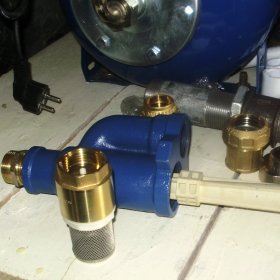
A pump station is an excellent solution for organizing water supply in a private household. Unexpected failure of this complex of devices can cause owners a lot of trouble. Fortunately, most breakdowns are typical, they can be completely eliminated at home. Learn how to repair equipment with your own hands in advance. We’ll talk about this now - stay with us and you will learn a lot!
Content
How to ensure stable operation of the water supply system
In order for the water supply system to function successfully, a certain level of pressure and water pressure must be provided. When there is no access to centralized water supply, this problem is easily solved with the help of a pumping station. It usually consists of:
- a pump;
- membrane storage tank;
- automatic control unit (pressure switch, pressure gauge, etc.).
The pump pumps water that enters the tank. When the pressure in the tank reaches a certain maximum level, the pump shuts off. Gradually, water from the tank is consumed for various needs and pressure drops. At a minimum pressure level, the pump turns on again and water enters the tank. The process is controlled automatically.
With the help of such a unit, it is possible to provide water supply to a house, a bathhouse and other buildings located on the site. Having studied the principle of work, you need to begin to study possible breakdowns and how to eliminate them.
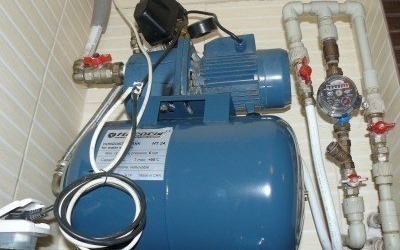
Having studied the principle of operation and the design of the pumping station, you can do it yourself repair
Common causes of pump station failures
In the world, as the classics reasonably argue, nothing lasts forever, this applies to equipment. Unexpected malfunctions in the operation of the pumping equipment, its stopping or incorrect functioning can be caused by a number of reasons, such as:
- lack of electricity;
- lack of water in the system;
- pump breakdown;
- membrane tank breakage;
- damage to the automatic unit, etc.
The device of household pumping units is not particularly difficult, and this allows you to do the repair yourself. In some cases, it is necessary to disassemble the pump and replace the damaged part. Sometimes it is required to seal a crack in the tank, and sometimes it is enough just to check the availability of electricity.In each case, you need to determine why the pump does not pump water, and find a "recipe" for solving the problem. If you could not find an acceptable solution to the problem, you need to contact specialists.
Typical malfunctions and their elimination
Below we consider a number of problems and malfunctions that may arise during the operation of the pumping station.
The pump rotates, water does not enter the system - the check valve does not work correctly
Cause: Violation of the tightness of conductive pipelines, the check valve does not work correctly, there is no water in the pipeline or pump.
Solution to the problem: First, check for water in the piping or pump. If it is missing, you just need to add it to the pump through the hole provided for this or lower the suction hose (or the pump itself) deeper. The maximum permissible distance between the pump and the water level must be maintained.
Now you need to check the condition of the check valve and the tightness of the joints, and then eliminate the detected problems. If all these measures do not help, the pump may be damaged by abrasives that have fallen into the water, such as sand. In this case, you will have to disassemble the pump and replace its impeller or housing. In some cases, you need to install a new pump.
Please note that before starting work, it does not hurt to check the voltage in the mains. If it is insufficient (a typical situation in rural areas), the pump will not pump water, although it will turn on.
The station works jerkily - the hydraulic tank is damaged
Cause: The answer to the question why the pumping station is switched on too often, most often consists in the fact that some part of the hydraulic tank is damaged. Because of this, the equipment does not gain pressure.
Solution to the problem: First you need to click on the nipple located on the back of the tank. If water flows out of it (air should flow out), then the inner membrane is torn, it should be replaced.
Another possible reason why the pressure in the accumulator of the unit does not correspond to the normal value is a violation of the tightness of the housing. You need to find a crack or hole and close it. Sometimes, to solve a problem, it is enough just to pump the missing amount of air into the tank using a conventional pump. The standard value of pressure in the tank is 1.5-1.8 atmospheres.
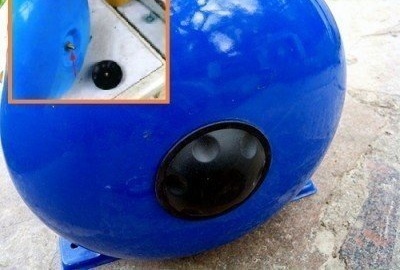
The missing air can be pumped into the membrane tank through a standard threaded fitting with a spool
It should be noted that sometimes water enters intermittently due to a leak in the joints of the suction pipe. It must be checked along its entire length and the detected cracks should be closed.
Video: do-it-yourself tank repair
Does not turn on
Cause: There is no power supply.
Solution to the problem: It is necessary to check and possibly clean the burnt contacts of the pressure switch, to check the integrity of the winding. The fact that the engine burned out will become clear by the smell characteristic of burning insulating materials.
It turns on but does not rotate - the reason is in the capacitor or impeller
Cause: the capacitor is broken or the impeller “stuck” to the pump casing. This situation often occurs with pumps that have been idle for several months.
Solution to the problem: To start a locked impeller, just twist it manually a couple of times. After that, the pump should turn on. If the capacitor is broken, it will have to be replaced.
The unit does not turn off and works continuously - the relay is not adjusted
Cause: The pressure switch is broken.
Solution to the problem: Necessary pump station pressure switch adjustment. To do this, use two springs located on the relay: large and small. A large spring is responsible for regulating the lower pressure limit, and using a small spring, they regulate the difference between the minimum and maximum values.All manipulations with the pressure switch must be carried out extremely carefully.
To find out the reasons why the equipment does not turn off, be sure to check the condition of the inlet of the pressure switch. Sometimes particles and sediments contained in water clog it. In this case, the hole must be cleaned and the pressure switch checked.
A few words about adjusting the pressure switch
It should be remembered that the control of the pressure switch of the pumping station must be treated with great care. If this unit is not correctly adjusted, this can lead to serious damage to the entire station, and the manufacturer's warranty does not cover such cases.
First you need to achieve the right pressure in the accumulator. To do this, the device is disconnected from the network, and water is completely drained from the tank. Then, using the pump with a pressure gauge or a household compressor, the necessary pressure level is created in the hydraulic tank. Now you need to unscrew the plastic cover on the pressure switch to gain access to the control springs.
The minimum pressure is adjusted to turn on the pump using a large spring (2, see drawing). Turning the spring clockwise allows you to increase this figure, and turning it counterclockwise decreases it. To set the required range between the maximum and minimum pressure limits, rotate the pressure differential adjustment spring (1, see figure). Turning the nut clockwise expands the range, and turning it counterclockwise narrows it.
Then the cover of the pressure switch must be put in place, pour the required volume of water into the pumping station and connect the power supply. The maximum pressure in the system should be no more than 95% of the maximum possible outlet pressure, which is indicated by the manufacturer in the data sheet.
Video: how to regulate a water pressure switch
Knowing about these malfunctions, you can figure out in time why the pumping station is not working, and fix the problem yourself.

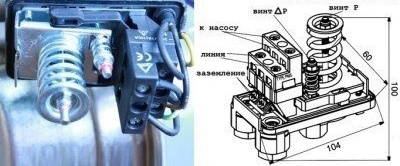
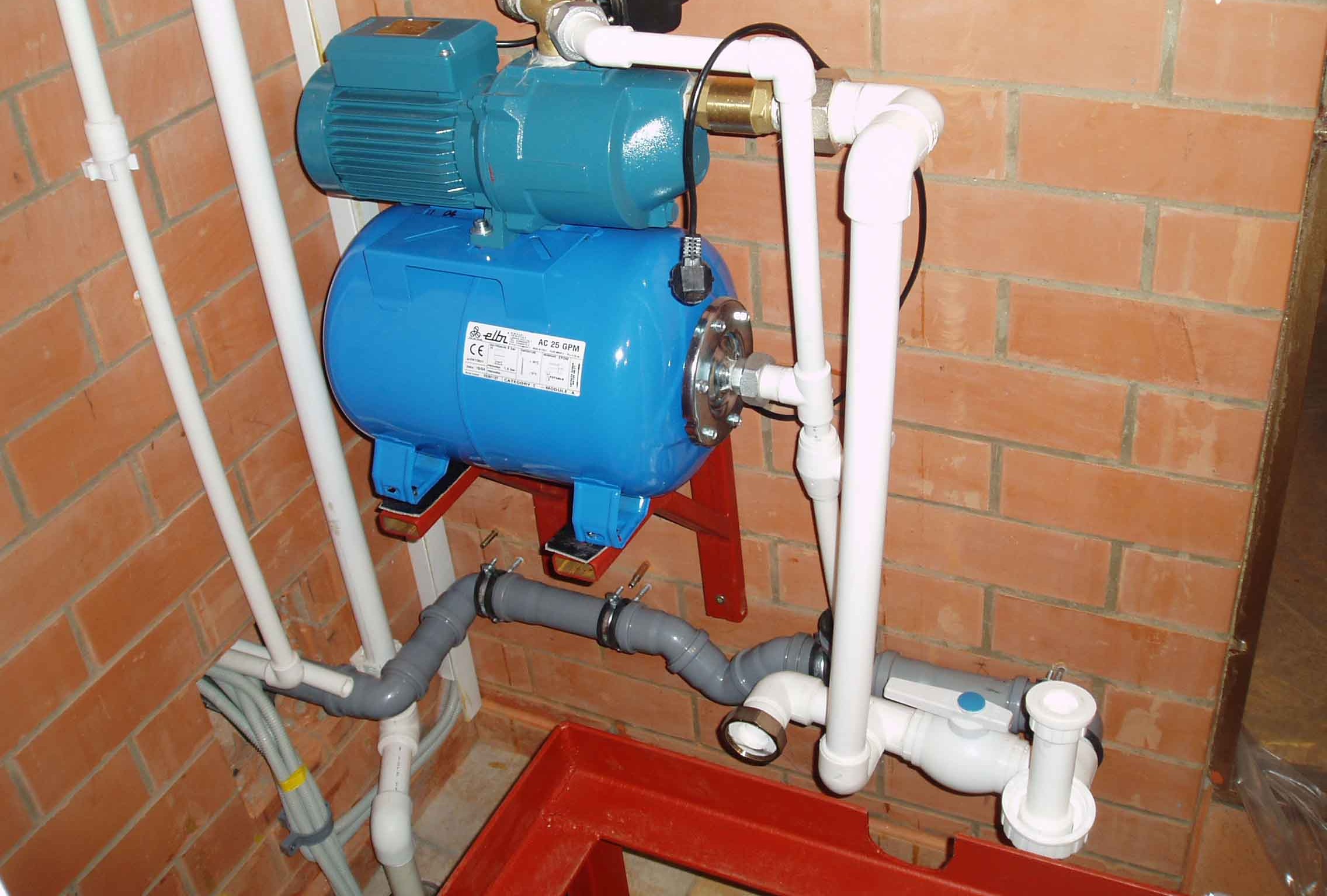
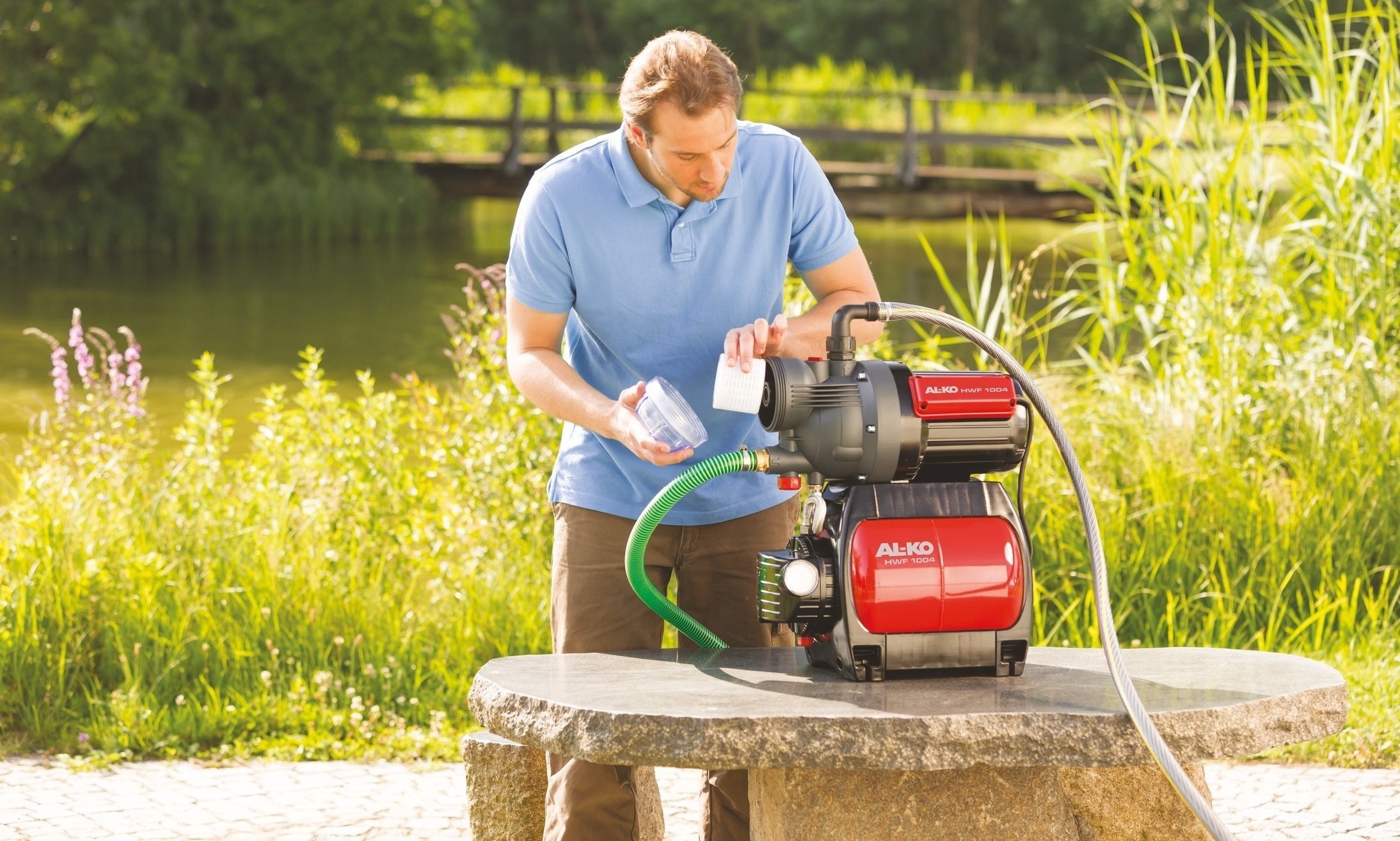
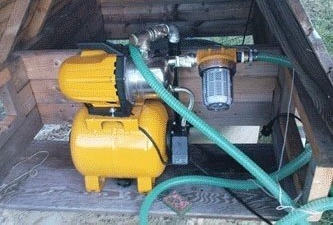
64 comments